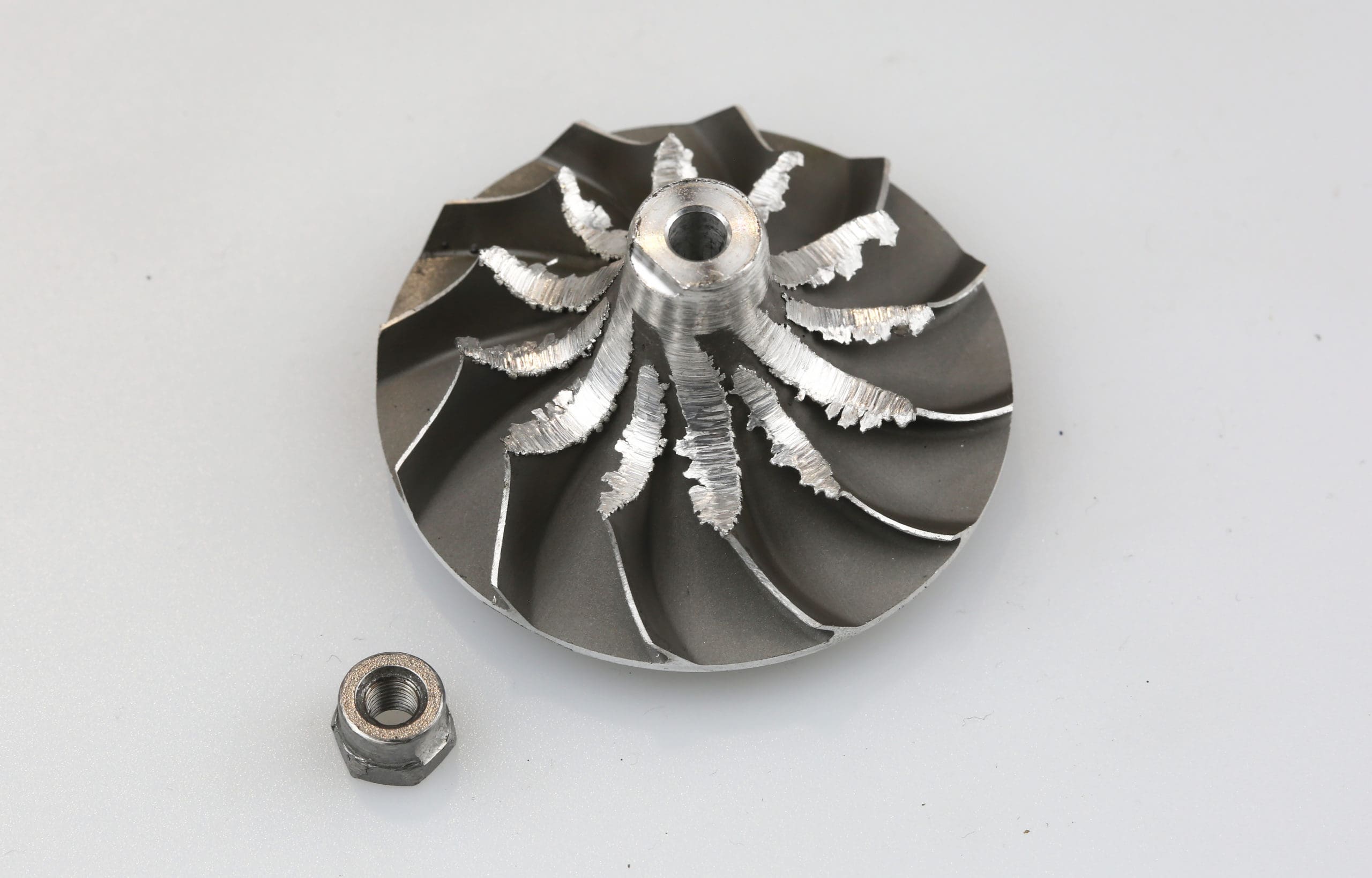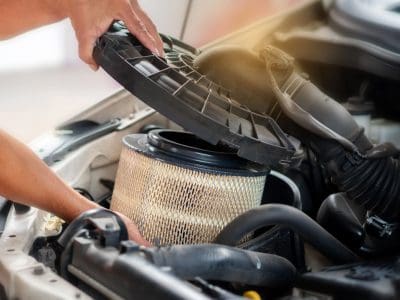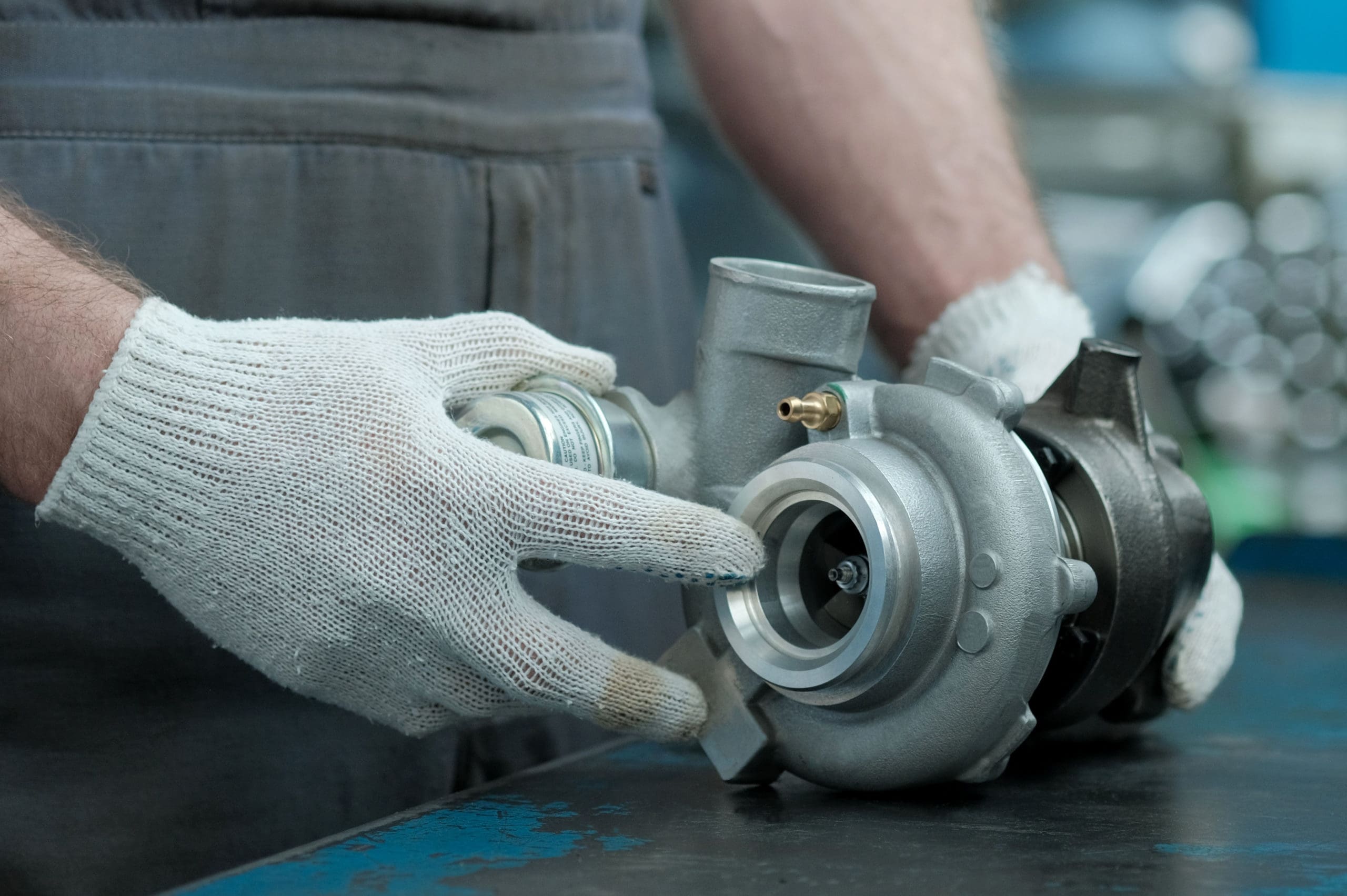What is a loose shaft nut?
The shaft nut, also known as a locknut or impeller locknut, secures the shaft assembly. In most cases the shaft nut has a left-handed thread – the opposite direction to the rotation of the shaft – so under normal conditions, the nut should tighten. However, if the rotor seizes, or there is any kind of resistance, inertia will cause the compressor wheel to continue spinning on the shaft and undo the nut, which can then be sucked into the compressor wheel. At speeds still over 50,000 rpm, this can result in catastrophic damage within seconds of the turbo starting.
What causes loose shaft nuts?
Although not as common an issue, loose shaft nuts can be caused by several issues:
- overspeeding causes the compressor wheel to expand outwards, but also become shorter. This eases the tension on the shaft, and the shaft nut spins off.
- worn or damaged bearings can cause the compressor wheel to rub up against the housing – over time this can loosen the shaft nut
- foreign object impact damage to the turbine and/or compressor wheel can result in an unbalanced turbo shaft, causing wheel to housing contact and potentially the locknut to work loose
- restrictions in the oil feed pipe at full boost can cause the bearing system to lock against the shaft, which can cause the shaft to seize – as well as potentially causing the shaft to snap, the inertia can undo the shaft nut
What are the signs of a loose shaft nut?
Several signs can indicate a loose shaft nut – these include:
- lunusual noise from the turbo whilst driving
- loss of power and performance
- chipping or pitting to the leading edge of the compressor wheel caused by the nut bouncing around in the turbulent air as the wheel spins
- impact marks around the inside of the air intake bore due to the shaft nut bouncing around in the turbulent air
- fractured compressor blades and/or completely burst compressor wheel

How to prevent turbo failure due to a loose shaft nut?
- follow the manufacturer’s recommended service intervals to keep both the engine and turbo in good condition
- change the oil and fit a new oil filter when replacing the turbo – remember to use the correct grade and quantity of oil
- correctly install the turbo following best-practice guidelines
- check that the entire air induction system is clean and object free – fit new air filters and replace other components, as necessary
- always fit new oil feed pipes when replacing or refitting the turbo

How to resolve turbo failure due to a loose shaft nut?
Fortunately, by following some simple, best-practice advice, the risk of a loose shaft nut can be minimised:
- remove the turbo and locate the shaft nut and any broken wheel blades
- inspect and clean the entire oil supply and return system for broken wheel blades – this may require the removal of the sump, oil pump and internal oil feed and return lines. Replace components where required
- remove the intercooler and check for fragments of broken wheel blades – clean or replace, as appropriate
Whilst this may add additional expense to your customer’s bill, it is far more cost and time-effective than having to fit another turbo, and potentially an engine, when they return with the same issue soon after. So, remember to always diagnose and fix what caused the original unit to fail, before fitting a new turbo.



